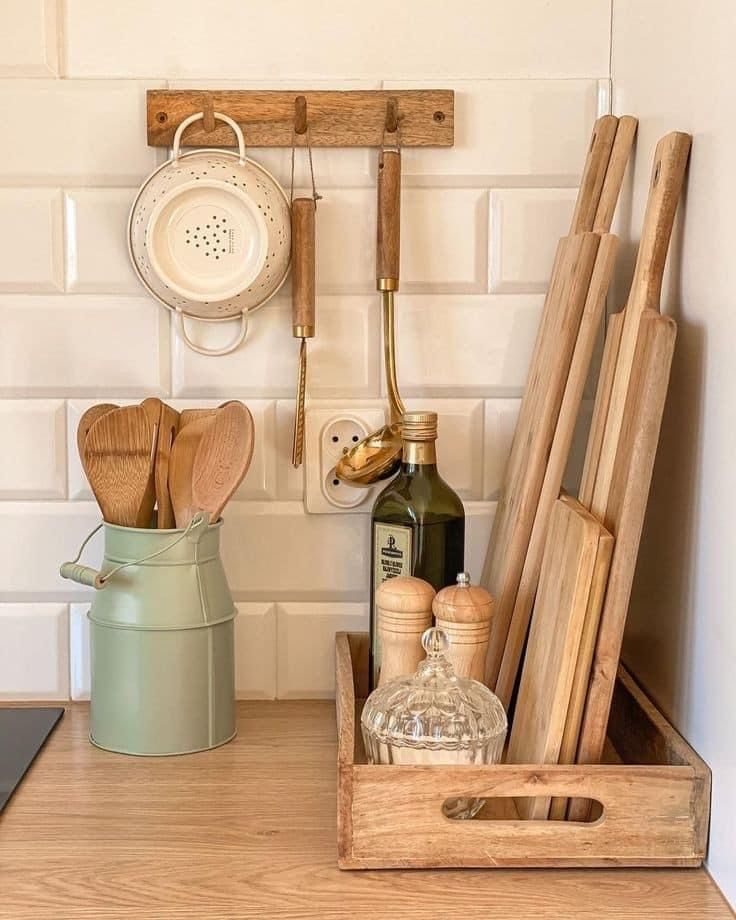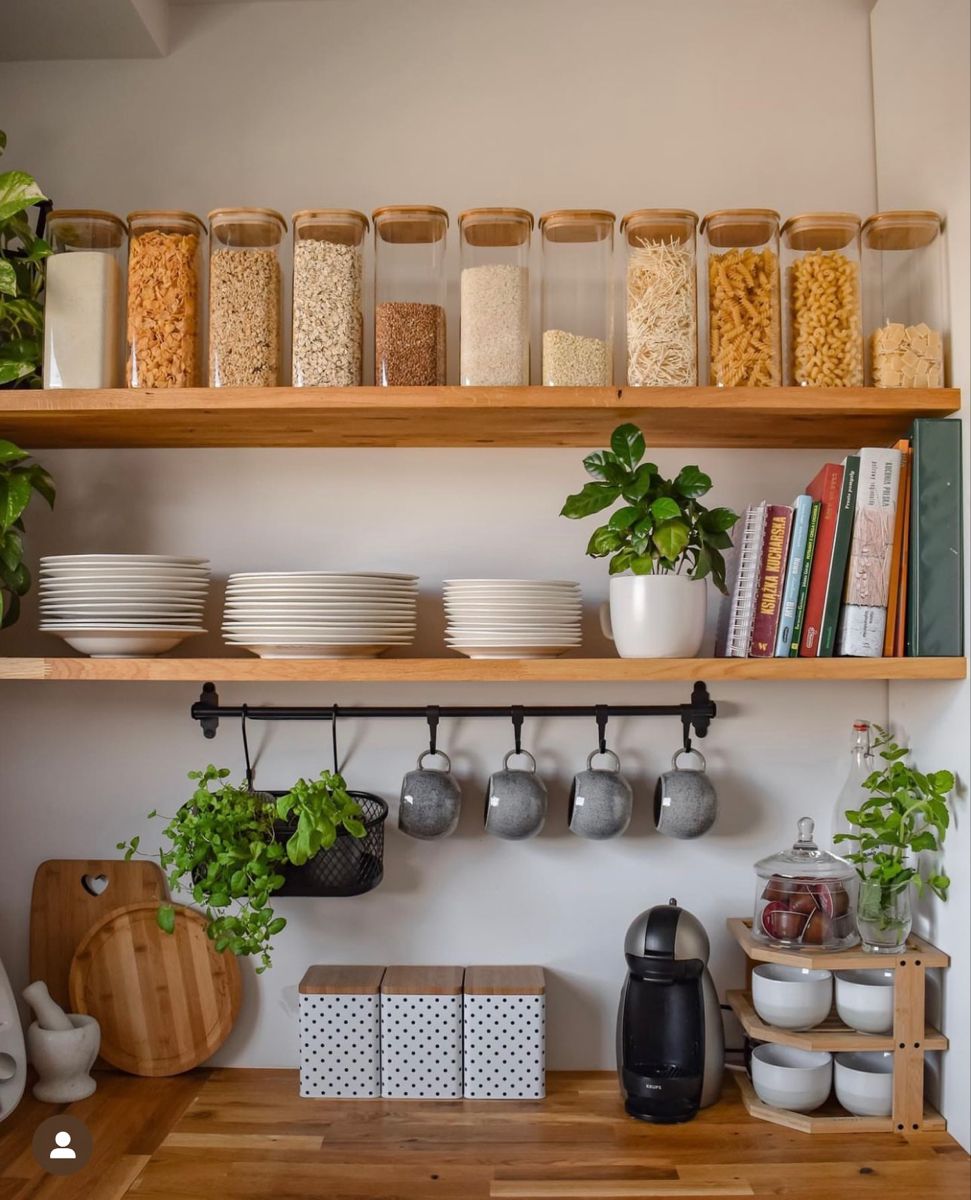In recent years, society’s pursuit of environmental protection and sustainable development has become increasingly intense, and all walks of life are striving to find more environmentally friendly and sustainable alternatives. As a green and renewable natural resource, bamboo has received widespread attention and praise. In this article, we will explore the environmental advantages of bamboo and its sustainable development in different sectors.
First of all, bamboo, as a natural resource, has obvious environmental advantages compared with other building materials. Bamboo is a fast-growing plant with a relatively short growth cycle and can grow in a variety of climate conditions. In contrast, traditional construction timber usually takes decades or even centuries to grow and mature, seriously crowding out forest resources. Bamboo grows very quickly, and it is also a perennial plant with strong regeneration capabilities. Therefore, using bamboo can significantly reduce dependence on forest resources and protect the ecological environment.
In addition, bamboo also has excellent environmental adaptability and drought resistance. Bamboo has low water requirements and relatively low water quality requirements. It can withstand drought and water shortage environments and adapt to different climatic conditions, so it is widely used in some desert areas or water shortage areas. At the same time, the root system of bamboo also has a good effect in inhibiting soil erosion, stabilizing the soil, and reducing the risk of soil erosion.
In addition, bamboo is also widely used in construction, furniture, decoration and other fields to achieve sustainable development. In the field of construction, bamboo can be used for walls, floors, roofs, etc. In contrast, bamboo has excellent earthquake resistance and can effectively improve the stability of building structures. Bamboo also has good sound insulation and heat insulation properties, which can improve indoor environmental quality and reduce energy consumption. In terms of furniture manufacturing, bamboo can be used to make beds, tables, chairs, cabinets and other furniture. Its lightness and sturdiness are deeply loved by consumers. In addition, bamboo can also be used to make decorations, such as vases, photo frames, tableware, etc., to add a natural and warm atmosphere to indoor spaces.
However, the sustainable development of bamboo still faces some challenges. First of all, bamboo processing and production technology is relatively backward, resulting in low bamboo production efficiency. Secondly, the quality and specifications of bamboo are in the hands of a few professional manufacturers. The industrial chain lacks standardization and improvement, which limits its promotion and application in the market. In addition, the preservation and protection of bamboo is also an important issue. Although bamboo is naturally resistant to corrosion, it still requires proper handling and care to extend its lifespan.
To sum up, bamboo, as an environmentally friendly and sustainable building material, has great potential and advantages in various fields. Its unique environmentally friendly properties and diverse application methods make it an ideal alternative to traditional materials. However, the sustainable development of bamboo requires the joint efforts of governments, enterprises and individuals to strengthen relevant research and policy support, further promote the development of the bamboo industry, and achieve the goals of sustainable utilization and environmental protection.
Post time: Nov-01-2023







